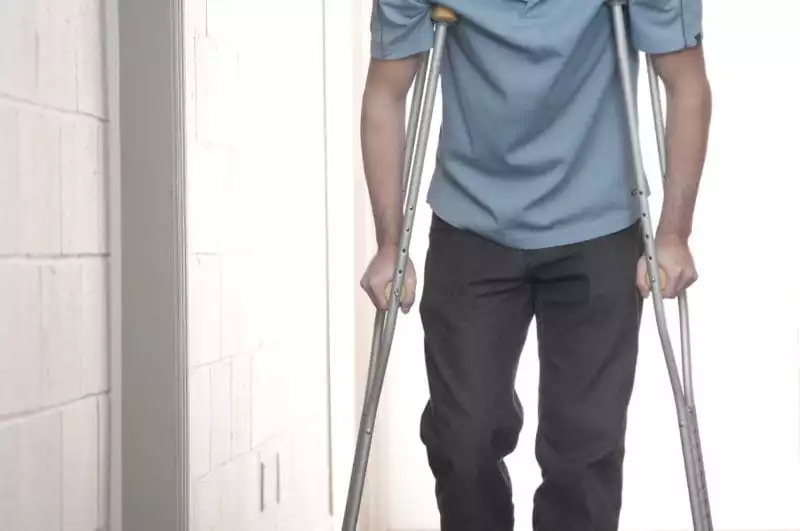
Mobility is extremely important to your quality of life; without it, it can become difficult just to go about your day. When illness or injury threatens to compromise mobility, it’s very common for patients to wonder about alternatives. Fortunately, mobility equipment has come quite far. Today, your choices of mobility aids are vast enough to accommodate nearly any type of challenge you might face. This article will discuss four of the most commonly suggested mobile aids that can extend your freedom and encourage greater wellness all throughout your life.
1. Walking Aids
When you need a little help to stay steady on your feet, a walking aid is often best mobility equipment option.
Crutches that are well-matched to your body’s frame can help you weather the inconvenience of an injured leg, foot or ankle. If you find yourself with painful joints or an unsteady gait, a cane will provide you with the additional stability you need without requiring a hefty investment or permanent device. Both crutches and canes afford you the flexibility to maneuver indoors and out.
There is one exception; people who are more prone to falling or becoming unsteady might be better suited to a walker. Designed with a boxy frame that provides more stability, these devices provide a better base and support for walking. If you choose this option, you should exercise caution when navigating uneven surfaces to ensure that you don’t become unbalanced.
2. Wheelchairs
Wheelchairs can be divided into two broad categories:
- Manual – Manual wheelchairs offer people with stability and balance issues the ability to remain mobile and are more affordable.
- Power – Electric wheelchairs require less manual power to maneuver but come at a higher price point.
The difference mostly lies in your upper body strength. If you wish to use a manual chair, you’ll need a fair amount of strength to get around.
One of the biggest reasons for opting for mobility equipment is to retain or regain your independence. Whether or not you’re able to push the wheelchair around when you need to can hinge on other factors beyond your upper body strength. A lightweight wheelchair is typically made of a material like titanium; the lighter weight makes the wheelchair more manageable when you’re pushing it or transporting it. This has direct benefits for both caregivers and patients, too.
Regardless of the wheelchair you choose, accessorizing it with those features that are most important to you can make your time using it more comfortable and enjoyable. Add a cup holder and a carry pouch to make it easy for you to shop and enjoy your social activities. A memory foam or gel seat cushion helps prevent muscle fatigue when you need to sit in your wheelchair for long periods of time.
Power wheelchairs contain a battery as well as an apparatus that allows you to control the speed and direction you are traveling. This is typically a joystick which provides additional maneuverability that cannot be matched by a manual wheelchair.
In many instances, power wheelchairs can be folded up somewhat compactly so they can be transported elsewhere. Ample cushioning allows you to stay comfortable while the anti-tip wheels and placement of the battery help retain the wheelchair’s low center of gravity.
You can use a power wheelchair both indoors and out, improving your freedom. It’s a good choice for you if you lack the strength to consistently operate a manual wheelchair and you need to rely upon it throughout all or most of your day.
3. Scooters
There is a good deal of overlap when it comes to scooters and power wheelchairs. In fact, these are terms that are often used interchangeably. Both are propelled using a motor of which makes them a good choice if the strength in your upper body is compromised. The difference lies in the fact that most scooters feature handlebars for a steering apparatus rather than a joystick.
Due to their size, most scooters aren’t intended to be used inside without serious adjustments to the home first. Instead, they have outdoor-suitable tires and enough power for you to use them on many different outdoor surfaces, including sidewalks and paved walkways.
A mobility scooter is easy to operate, making it an attractive solution for those who tire easily or who lack balance. However, it’s important to note that they aren’t always suitable for all patients. In order to use one for an extended amount of time, you’ll need to have at least enough upper body strength to comfortably sit and remain upright.
Mobility scooters are also large, and that can make using them indoors tricky. You might find it difficult, for example, to retrieve items from the countertop or wash your hands. At home, simple home improvements can make tasks like these easier.
4. Knee Walkers
Some patients looking for mobility equipment prefer to use knee walkers rather than full-scale wheelchairs or scooters. These rolling devices are propelled by using the leg and foot that isn’t injured or otherwise compromised. To use a knee walker, you rest your injured knee down on a padded hammock or shelf and then use your other healthy leg to push the walker along. In an instant, your injured leg has greatly improved support and you maintain muscle in your non-injured leg. Your hands sit on walker-style handlebars on either side for extra support.
There are also hands-free knee walkers that give you the freedom to use your hands as you go about your daily life. Many of these devices look similar to a unicycle, with a wider wheel or dual wheel system. For patients with temporary injuries, this may afford additional freedom during the healing period.
In order to successfully and safely use a knee walker, you need to have significant strength throughout your body (including your lower and upper extremities). Balance is also a must. Any weakness in the other leg or your arms may preclude you from safely using this device.
A few safety tips:
- While you can use the seat of the knee walker to rest if needed, you should always engage the handlebar brakes before attempting to do so
- Adding useful accessories, such as a basket, to your knee walker makes it easy to shop or transport items around your home, and may reduce the risk of falls from reaching for items, too.
In Conclusion
Today’s mobility equipment spans a broad range of options to fit nearly any ability level. Finding the perfect match can greatly improve your freedom and quality of life whether your condition is long or short-term. But that doesn’t mean you should use any mobility equipment without guidance; finding the right match and fit is critical to safe and effective use. To find your best fit, drop by your local pharmacy and speak with your pharmacist.

 info@burtsrx.com
info@burtsrx.com
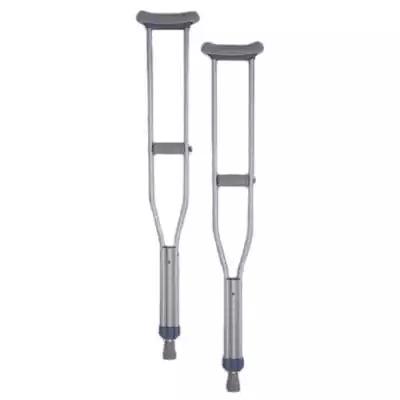
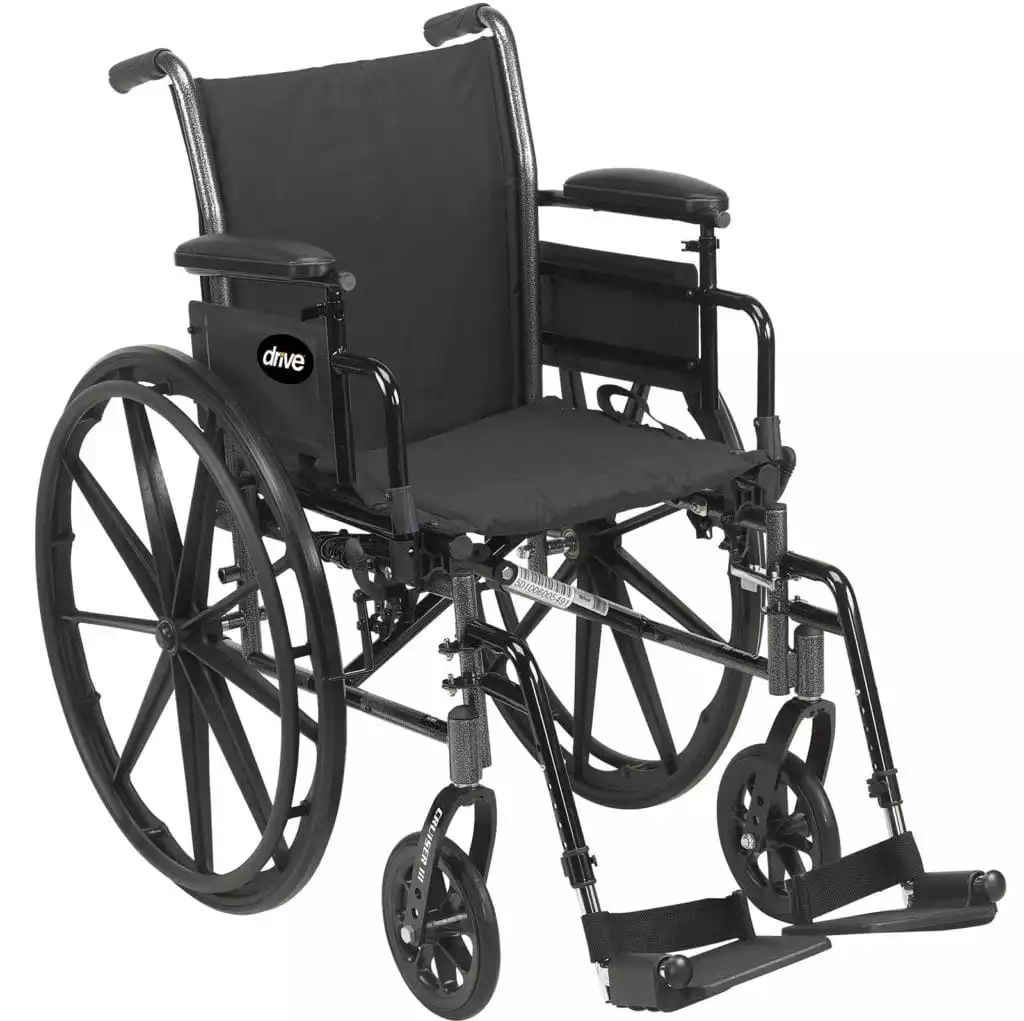
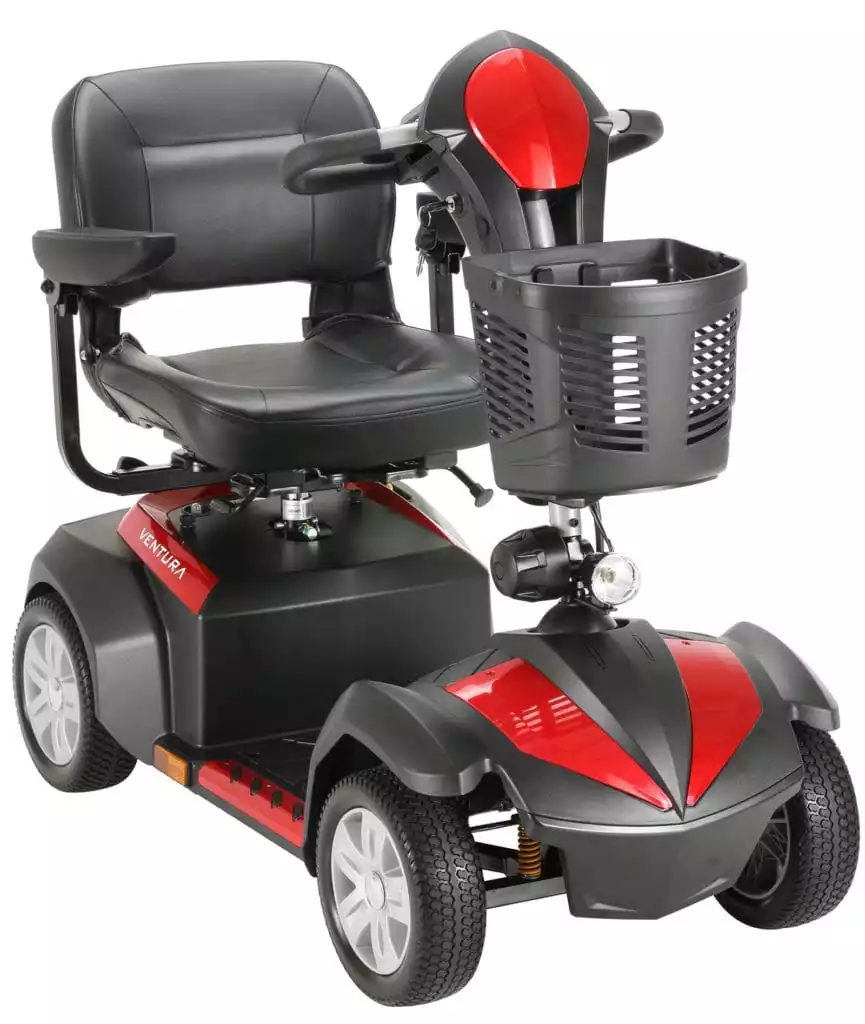
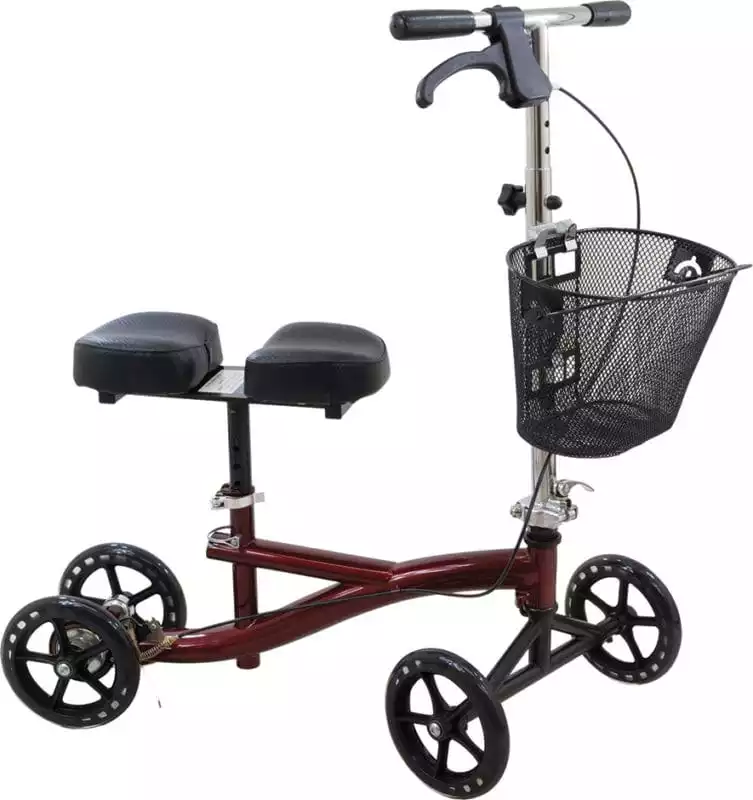
Great Post!
These are some great points because it really does help for mobility impaired people to know what options they have available to them. I particularly like that the article covers the fact that mobility scooters are meant more for outdoor use. That makes them a great options for elderly loved ones to rent if they want to go on vacation with their family.